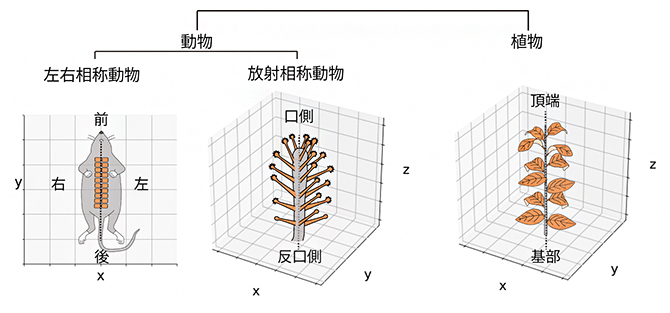2023-12-08 ノースウェスタン大学
◆新しいVRゴーグルは、従来のシステムと比較してマウスが実験室の環境を見ることなく、三次元の奥行きを持つようになりました。研究者は、これにより脳の活動パターンをより迅速かつ詳細に観察でき、将来的にはVR技術がより多くの研究者に利用可能になる可能性があるとしています。
<関連情報>
- https://news.northwestern.edu/stories/2023/12/immersive-vr-goggles-for-mice-unlock-new-potential-for-brain-science/
- https://www.cell.com/neuron/fulltext/S0896-6273(23)00893-0
マウス用全視野バーチャルリアリティゴーグル Full field-of-view virtual reality goggles for mice
Domonkos Pinke,John B. Issa,Gabriel A. Dara,Gergely Dobos,Daniel A. Dombeck
Neuron Published:December 08, 2023
DOI:https://doi.org/10.1016/j.neuron.2023.11.019
Highlights
•iMRSIV (Miniature Rodent Stereo Illumination VR), a new mouse VR goggle system
•iMRSIV is small and provides stereo vision and an ∼180° field of view per eye
•Mice using iMRSIV engaged in virtual behaviors more quickly than in current VR
•iMRSIV is compatible with two-photon imaging and overhead looming paradigms
Summary
Visual virtual reality (VR) systems for head-fixed mice offer advantages over real-world studies for investigating the neural circuitry underlying behavior. However, current VR approaches do not fully cover the visual field of view of mice, do not stereoscopically illuminate the binocular zone, and leave the lab frame visible. To overcome these limitations, we developed iMRSIV (Miniature Rodent Stereo Illumination VR)—VR goggles for mice. Our system is compact, separately illuminates each eye for stereo vision, and provides each eye with an ∼180° field of view, thus excluding the lab frame while accommodating saccades. Mice using iMRSIV while navigating engaged in virtual behaviors more quickly than in a current monitor-based system and displayed freezing and fleeing reactions to overhead looming stimulation. Using iMRSIV with two-photon functional imaging, we found large populations of hippocampal place cells during virtual navigation, global remapping during environment changes, and unique responses of place cell ensembles to overhead looming stimulation.
Graphical abstract



